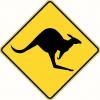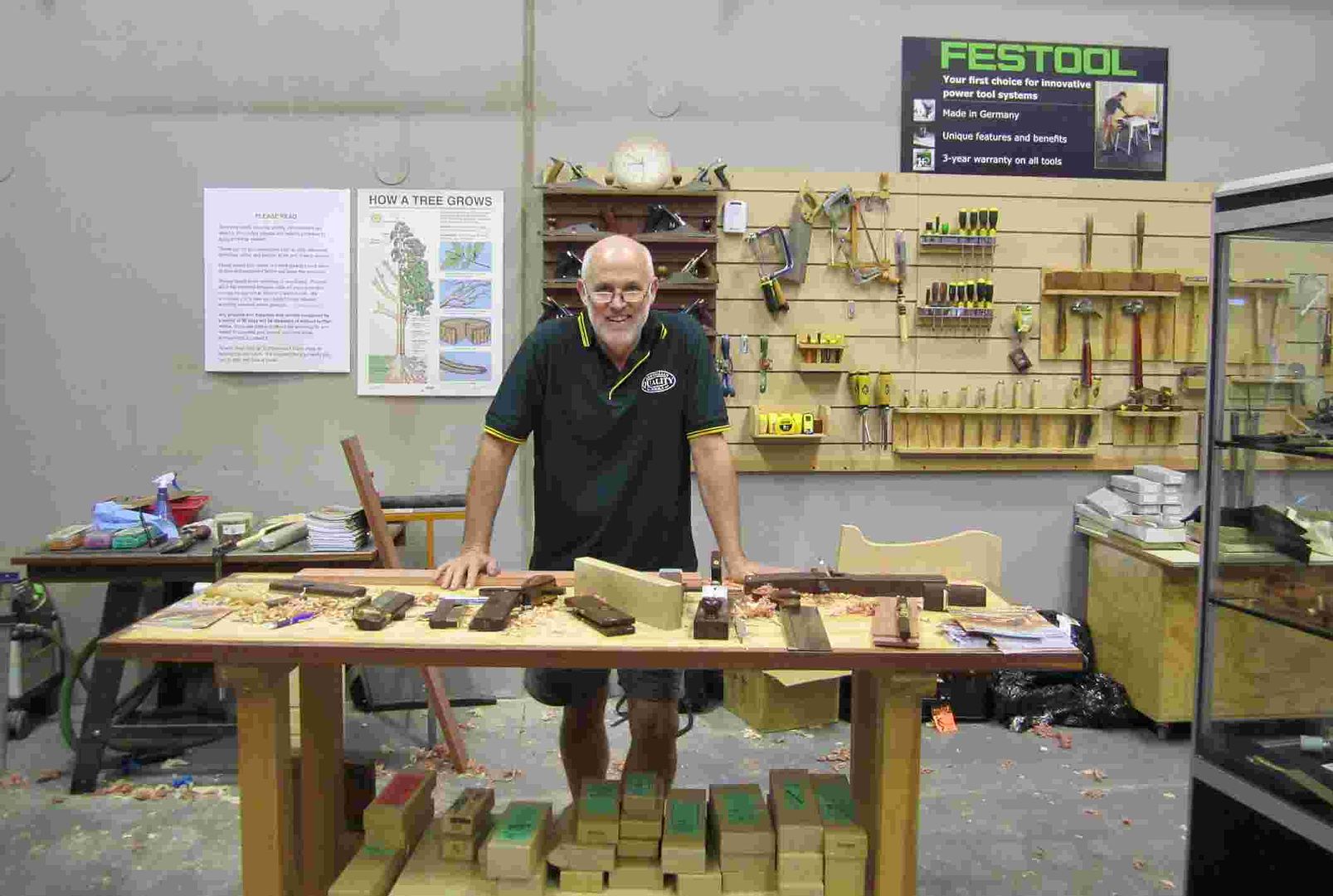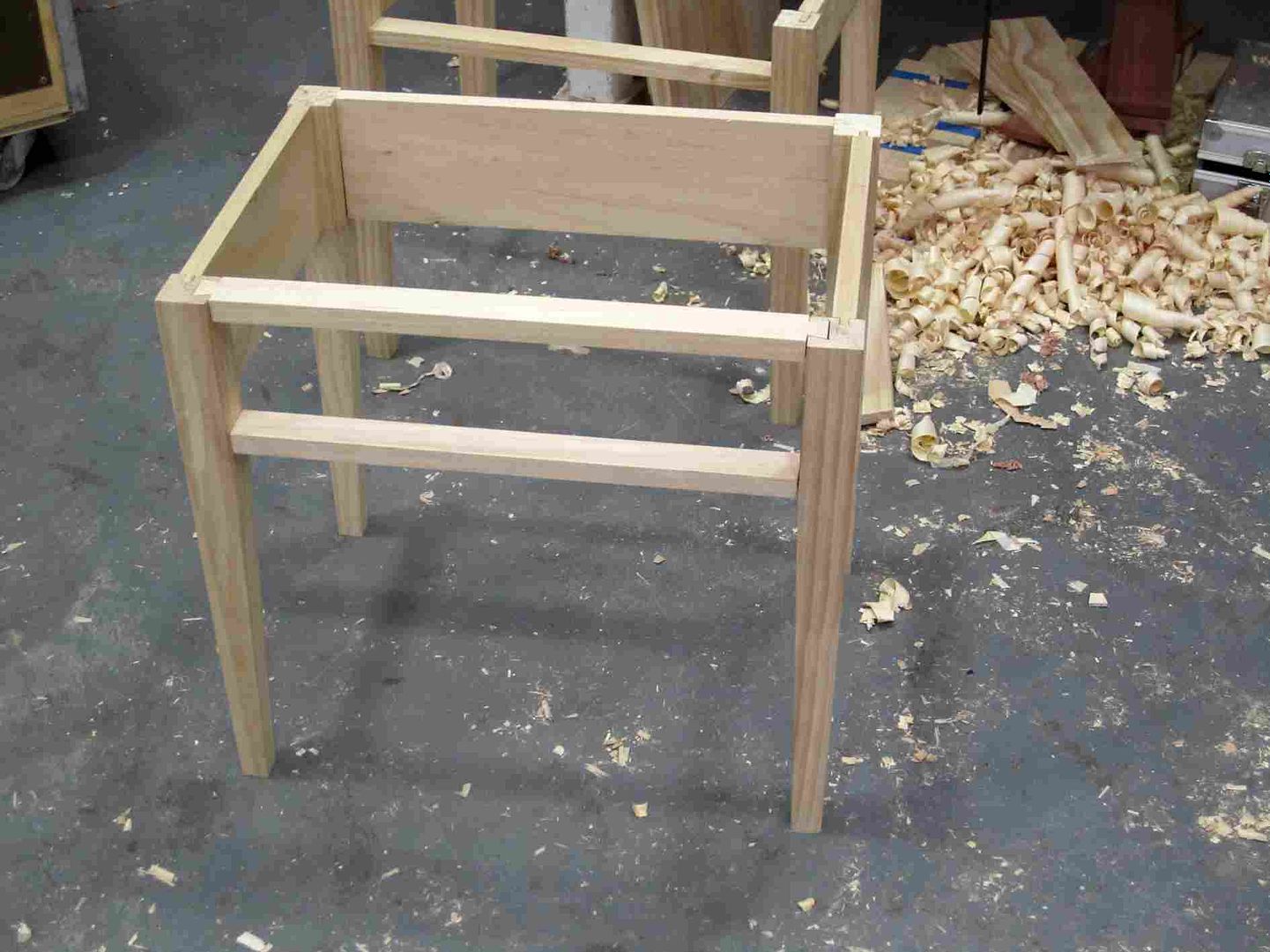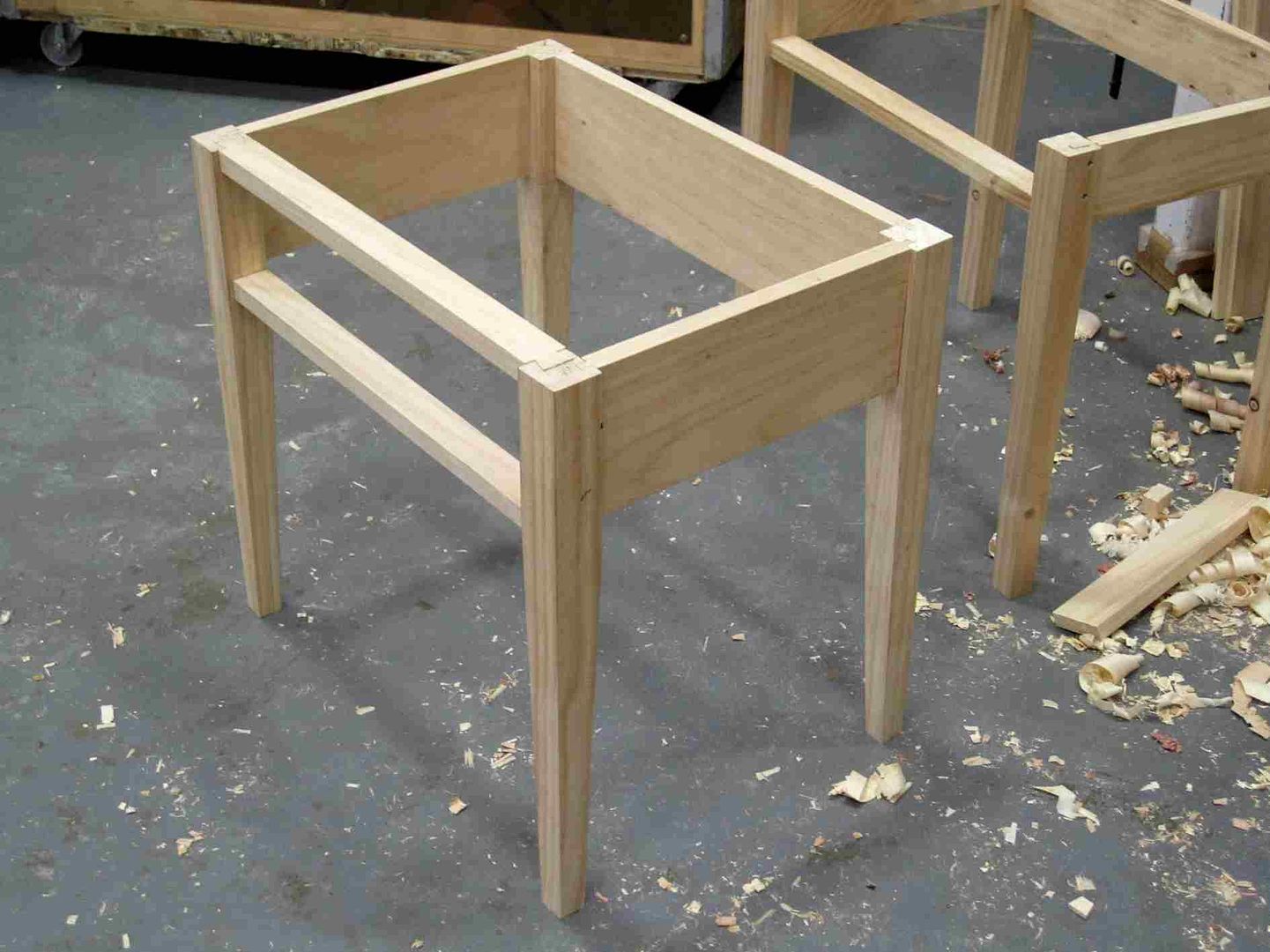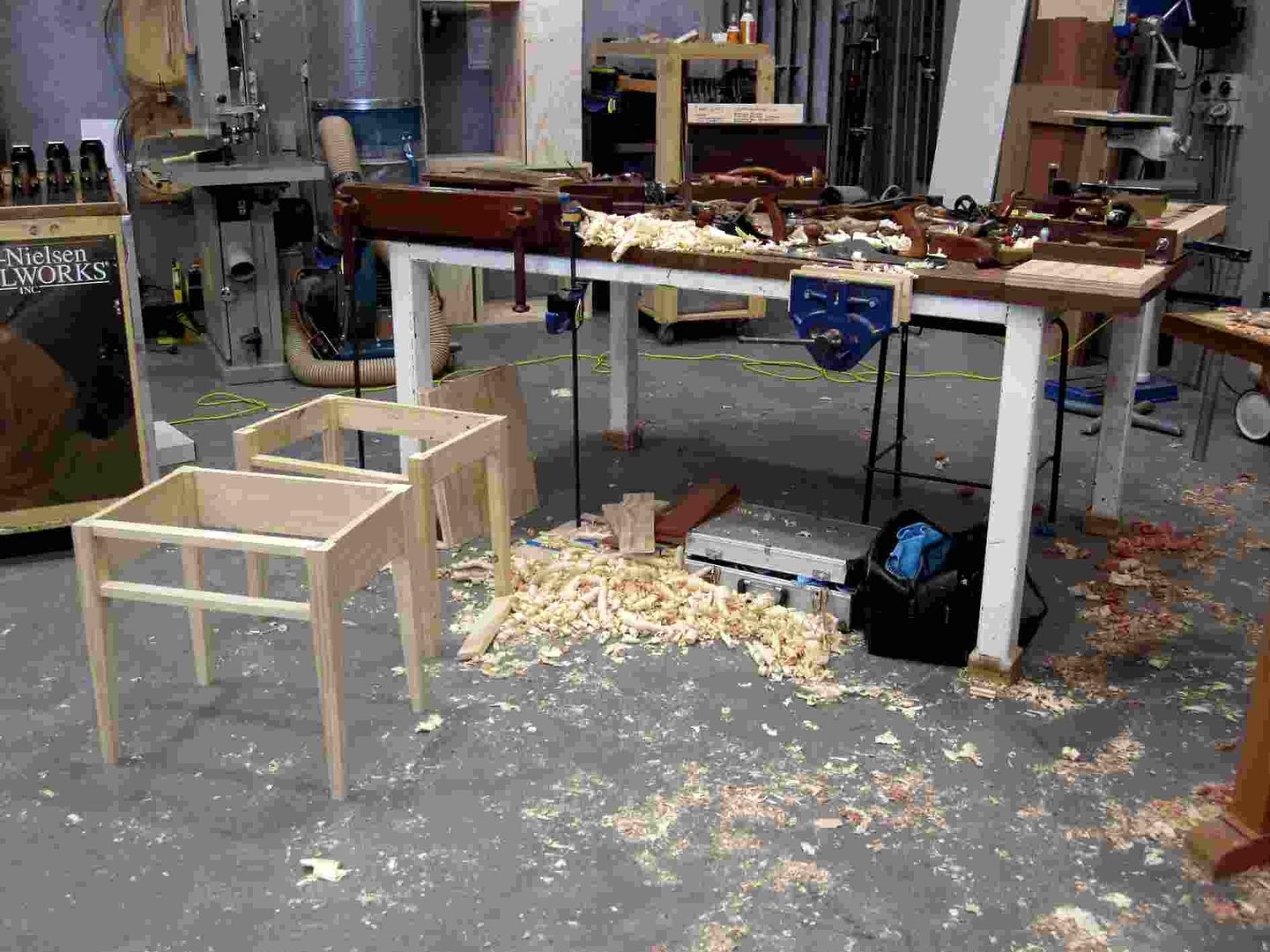My obvious break in this trend being the dovetail plane, lol.
In working under a master machinist in my youth I noticed that he would take the path of least resistance when it came to tools. If he could built it easily he would, otherwise he would buy it. The goal was always the same, a better result. The place was constantly evolving as a combination of new tools continuously mixed with tools up to a century old, all of which will kept in good repair. He was earning a living along the way, so it was hardly ever possible to sink a day's effort or more into a tool that could be bought.
Bumbling forward into the unknown.






 Reply With Quote
Reply With Quote
